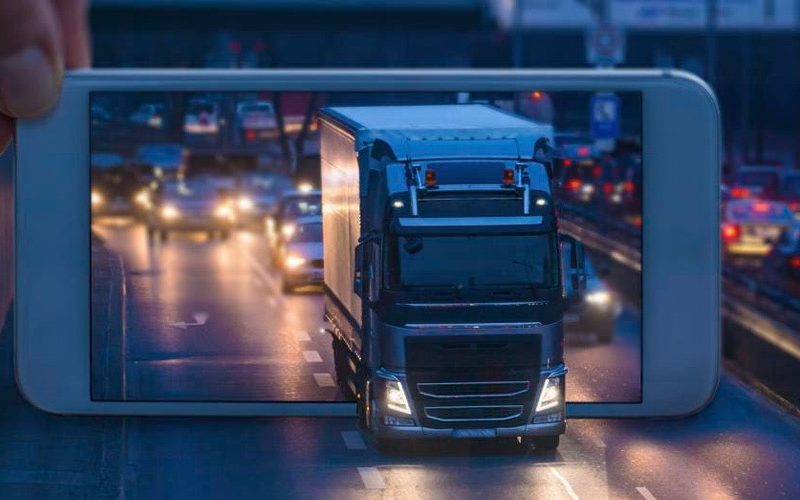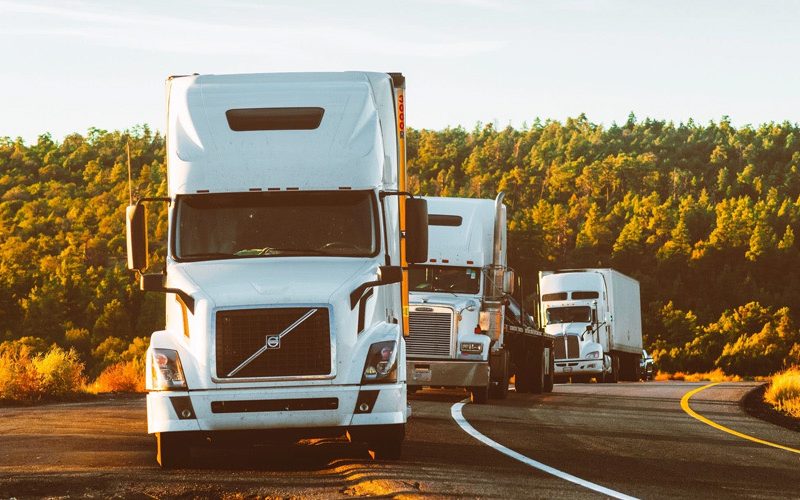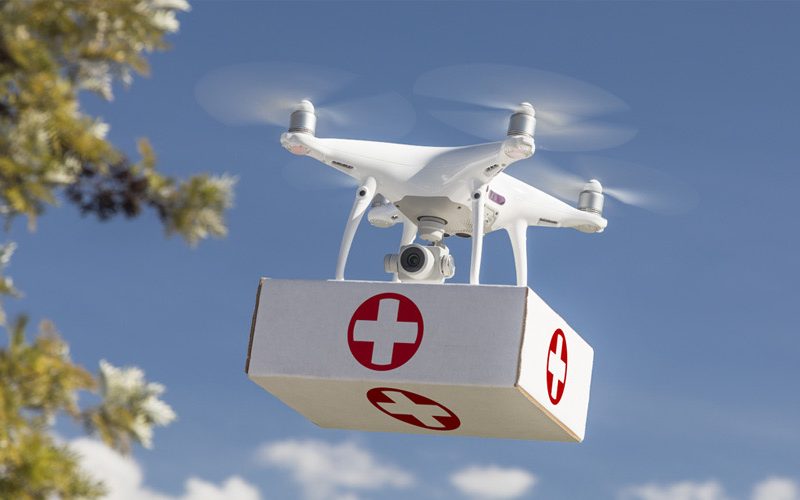The transportation sector is being redefined and modernized thanks to digital technologies.
Due to developments in technology, the transportation sector has significantly changed over time. The transportation sector is steadily changing from a modest commuter market to a digitally “connected” market area as a result of a wave of new-age technology. The sector now encompasses a wide range of related services, including booking tickets, ride-sharing, autonomous vehicles, and travel analytics.
Another intriguing observation is the fact that, due to mobility, various forms of transportation are currently being seamlessly incorporated. The availability of information at any time, from anywhere, has created new possibilities for improving the effectiveness and use of the current transportation system. E-ticketing, payment wallets, shared mobility, and last-mile connectivity are just a few of the companies that have gotten into the transportation value chain over the past ten years. Modern systems give commuters the ability to weigh all available options and compare the time, cost, convenience, carbon footprint, and health benefits. This broadens their options and enables decision-making that takes into account current conditions. The transportation sector embraces technology, but it also faces several challenges. Transportation companies spend a considerable portion of their operating budgets on fuel, and with volatile oil prices, the sector is challenged by rapidly rising operational costs. Alarm bells are being raised by the increase in ticket prices, which is leading to a decline in ridership. This is a serious issue that, if not immediately addressed, could cause transportation companies to experience severe financial hardship. If the decline in ridership is hurting the earnings of transportation businesses, the lack of drivers, particularly in the logistics sector, is a major issue that needs to be resolved right away. To maintain the stability and functionality of their fleets, logistics companies must also focus on driver retention. The transportation sector will suffer if roads and infrastructure development are not given a vigorous push, especially in developing nations. Finally, it can be difficult to adopt technical advancements that are intended to improve the efficiency and development of transportation companies. The Internet of Things, or IoT, is a network of intelligent, interconnected things that are improving driver experience and fundamentally altering how we drive. Blockchain technology is essential because it offers accuracy in performance history data, ensuring complete openness between buyers and sellers when a truck is for sale. The expansion of the e-commerce sector has significantly impacted the development of logistics and transportation in addition to disrupting the retail sector. With several startups entering the fray and upending the ecosystem, last-mile services have completely redefined the logistics sector. Data analytics is assisting transportation businesses in studying and analyzing their operations and procedures, maximizing efficiencies, and cutting costs. By going beyond the norm and moving toward shared mobility or a shared economy, digital is allowing transportation. Both passengers and transportation corporations are benefiting greatly from shared mobility. While transportation providers discover new markets and sources of income, commuters enjoy incredible perks at significantly lower costs. Through shared warehousing and transportation, logistics companies are working together and can gain from cooperation. Digital technologies have been adopted by the market gradually but steadily, and many operators intend to raise their investments in the future.
It’s not as simple as it seems to adopt digital technology. Legacy systems and processes need to be addressed, along with shifting people’s perspectives, understanding technology before implementing them, and the constant worry of high investment costs. When attempting to integrate innovations, transportation firms should concentrate on a few crucial factors. First and foremost, it concerns driver buy-in, which aims to aid drivers in understanding the significance and advantages of technological adoption. Adoption may suffer if too much effort is put into it. Therefore, it’s crucial for transportation and logistics companies to evaluate their technology requirements, budget, and priorities before concentrating on anything else. By embracing digital technologies, transportation operators may reimagine their operations and businesses.







